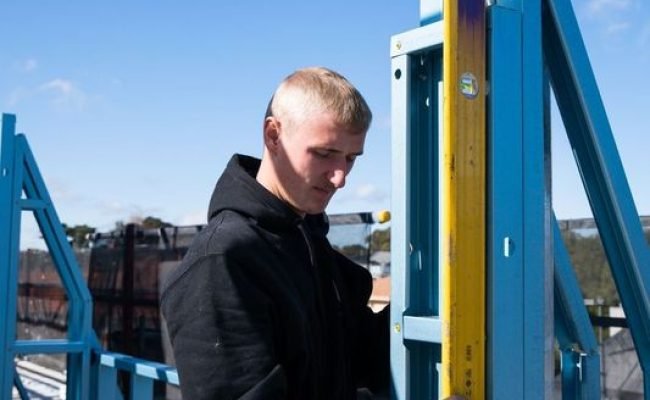
The construction industry is one of the sectors where the risk of accidents and disasters is highest. Hence the a need to prioritize teamwork and safety in construction projects. Ensuring safety in construction projects is not just a mandatory requirement, it’s also a moral obligation to protect you and other workers and create a safe and secure work environment.
This article will explore everything you need to know about safety and construction project management. Continue reading to learn more:
Understanding Safety Challenges
The nature of construction work involves a lot of risk. Workers in construction sites operate heavy machinery and work at great heights. These conditions, combined with tight deadlines can create chances for potential accidents. Common accidents include falls, electrocutions, machinery-related incidents or injuries caused by falling objects. Without proper safety measures, these risks can lead to several injuries, delays in projects or even death.
Developing a Workable Safety Plan
A workable safety plan can help in preventing accidents in construction projects. The plan should be designed according to the specific project and outline every detail included in the project. This helps in managing and reducing risks. How do you create a workable safety plan?
Risk Assessment
Conduct thorough site inspections to discover potential hazards that could lead to injuries or accidents.
Emergency Procedures
Have clear and detailed steps for handling emergencies such as fire outbreaks or when machinery or equipment malfunctions.
Training Programs
Provide your workers with regular training on safety practises and, the use of protective gear and teach them how to operate equipment correctly.
Investing in Safety Equipment
Personal Protective Equipment (PPE) is non-negotiable on construction sites. These items such as helmets, gloves, safety boots, goggles and high-visibility clothing are necessary for safety in your construction project. They help in preventing injuries and accidents. You must ensure that all workers have access to and understand the importance of PPE. Also, the tools and machinery on the site should be regularly inspected and maintained to avoid malfunctions that could lead to accidents.
Promoting a Safety-First Culture
Safety is not a one-time effort but a long-term commitment. Cultivating a culture where safety is prioritised and also a shared responsibility can reduce accidents. As a site supervisor or manager, you should lead by example by adhering to safety protocols and addressing violations immediately. Also, encourage your workers to report hazards without fear to help create a safe environment.
Use Technology To Improve Safety
These days, technology provides solutions to improve construction safety. For instance, drones can be used for site inspections, reducing the need for workers to approach areas with potential for high risks. Devices equipped with sensors can also monitor the health of the workers.
Conclusion
Ensuring safety in construction projects requires proper planning, training and incorporation of modern technology. Prioritising safety in construction projects helps to protect the workers and increase productivity which ultimately affects the outcome of the project. A safe construction site fosters unity and cooperation among workers and guarantees the chances of a successful construction project.


